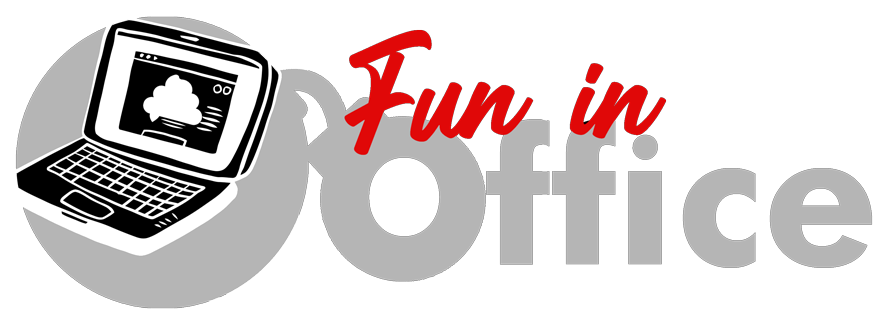In today’s dynamic business landscape, fostering diversity and inclusion (D&I) in the workplace is not just a moral imperative but also a strategic advantage. Companies that prioritize D&I are more innovative, resilient, and successful in attracting and retaining top talent. In this article, we’ll explore the importance of diversity and inclusion in the workplace and provide practical strategies for creating an environment where every employee feels valued, respected, and empowered.
Table of Contents
Understanding Diversity and Inclusion

Defining Diversity
Diversity encompasses the variety of perspectives, experiences, backgrounds, and identities that individuals bring to the table. It goes beyond visible characteristics such as race, gender, age, and ethnicity to include factors such as sexual orientation, disability, socio-economic status, and more.
Embracing Inclusion
Inclusion, on the other hand, refers to the practice of valuing and respecting all individuals and ensuring that everyone feels welcome, valued, and empowered to contribute their unique talents and perspectives. It involves creating a culture where differences are not only accepted but celebrated, and where everyone has equal opportunities for growth and success.
Embracing Diversity: The Foundation of Inclusion

Understanding Diversity in the Workplace
Diversity encompasses a wide range of differences among individuals, including but not limited to race, ethnicity, gender, age, sexual orientation, disability, religion, socioeconomic background, and cognitive style. Embracing diversity means recognizing and celebrating these differences as valuable assets that contribute to the richness and vibrancy of the workplace.
The Business Case for Diversity
Research has consistently shown that diverse teams outperform homogeneous ones in terms of creativity, innovation, and problem-solving. By bringing together individuals with diverse perspectives, backgrounds, and experiences, companies can better understand and serve a diverse customer base, drive innovation, and achieve sustainable growth.
Fostering Inclusion: Creating a Sense of Belonging

What Is Inclusion?
Inclusion goes beyond mere representation; it’s about creating a culture where every employee feels valued, respected, and included in decision-making processes, regardless of their background or identity. Inclusive workplaces foster a sense of belonging and psychological safety, where employees can bring their authentic selves to work without fear of discrimination or bias.
The Impact of Inclusion on Employee Engagement and Performance
Studies have shown that inclusive workplaces are more productive, collaborative, and innovative. When employees feel included and valued, they’re more engaged, motivated, and committed to the company’s mission and goals. Inclusive leaders empower their teams to unleash their full potential, resulting in higher job satisfaction, retention rates, and overall performance.
Strategies for Promoting Diversity and Inclusion

Leadership Commitment and Accountability
Creating a culture of diversity and inclusion starts at the top. Leaders must demonstrate a genuine commitment to D&I and hold themselves and others accountable for fostering an inclusive workplace culture. This includes setting clear D&I goals, allocating resources to support D&I initiatives, and regularly measuring and reporting progress.
Recruitment and Hiring Practices
To build a diverse workforce, companies must implement inclusive recruitment and hiring practices that attract candidates from a wide range of backgrounds and experiences. This may include using diverse interview panels, removing bias from job descriptions and interview questions, and actively seeking out candidates from underrepresented groups.
Training and Education
Providing diversity and inclusion training for employees at all levels of the organization is essential for raising awareness, challenging biases, and fostering empathy and understanding. Training programs should cover topics such as unconscious bias, cultural competence, inclusive leadership, and bystander intervention to equip employees with the knowledge and skills they need to contribute to a more inclusive workplace.
Employee Resource Groups
Employee resource groups (ERGs) provide a platform for employees with shared identities or interests to come together, support one another, and advocate for change within the organization. ERGs can play a valuable role in promoting diversity and inclusion by providing networking opportunities, organizing educational events, and advising leadership on D&I initiatives.
Continuous Feedback and Evaluation
Creating a truly inclusive workplace is an ongoing process that requires continuous feedback, evaluation, and adaptation. Companies should regularly solicit feedback from employees through surveys, focus groups, and one-on-one conversations to assess the effectiveness of D&I initiatives and identify areas for improvement.
In conclusion, fostering diversity and inclusion in the workplace is not just the right thing to do—it’s also good for business. By embracing diversity and creating an inclusive environment where every employee feels valued, respected, and empowered, companies can unlock the full potential of their workforce, drive innovation, and achieve sustainable growth. So why wait? Start transforming your company culture today and reap the benefits of a diverse and inclusive workplace.
FAQs (Frequently Asked Questions)
-
What is the difference between diversity and inclusion?
Diversity refers to the presence of differences among individuals, while inclusion is about creating a culture where every employee feels valued, respected, and included.
-
Why is diversity and inclusion important in the workplace?
Diversity and inclusion are important because they drive innovation, improve employee engagement and performance, and enable companies to better understand and serve a diverse customer base.
-
How can leaders promote diversity and inclusion in their organizations?
Leaders can promote diversity and inclusion by demonstrating a commitment to D&I, implementing inclusive recruitment and hiring practices, providing training and education, supporting employee resource groups, and soliciting continuous feedback and evaluation.
-
What are some common barriers to diversity and inclusion in the workplace?
Common barriers to diversity and inclusion include unconscious bias, lack of leadership commitment, inadequate resources and support, and resistance to change.
-
How can employees contribute to fostering diversity and inclusion in their organizations?
Employees can contribute to fostering diversity and inclusion by challenging bias and stereotypes, supporting colleagues from underrepresented groups, participating in D&I initiatives, and advocating for inclusive policies and practices.
By embracing differences and creating an environment where everyone feels valued and respected, organizations can unlock the full potential of their employees, drive innovation, and achieve sustainable growth. Let’s commit to creating workplaces where diversity thrives, and equality reigns supreme. Together, we can build a future where everyone feels like they truly belong.
Belonging Diversity Equality Inclusion workplace culture
Last modified: March 12, 2024



















